Philipponnat
Represented by François Philipponnat
While the Philipponnat family has been growing vines in Champagne since the 16th century, the present house dates from 1910, when it was founded by Pierre Philipponnat. In 1987 the house was purchased by Marie-Brizard, and was sold ten years later to Bruno Paillard and the BCC group, who continues to own it today. Since 1999, Charles Philipponnat, the grandnephew of Pierre, has been at the head of the house, and under his direction the house has seen even further improvements in quality.
Philipponnat owns 18 hectares of vines and farms another two under a sharecropping agreement, all of which are located in Mareuil-sur-Aÿ, Aÿ, Avenay Val d’Or and Mutigny. Mareuil-sur-Aÿ makes up the majority of the house’s holdings, and their 11 hectares there include the magnificent, 5.5-hectare Clos des Goisses, Champagne’s most renowned vineyard site, from which they make a vintage-dated, single-vineyard champagne. The house has traditionally fermented all wines in tank or old oak foudres, but since 2000 the Clos des Goisses has been partially (40 to 50 percent) fermented in 228-liter oak barrels. Some barrel-fermented wine can be used for other cuvées as well, and this is likely to increase in the future. In 2004, Philipponnat completed a new winery next to the cellars in Mareuil-sur-Aÿ to accommodate all of the winemaking, and this has undoubtedly resulted in an improvement in quality, as in the past their presshouse was located in Reims. While the Clos des Goisses is always made without malolactic, the other champagnes contain a portion of malolactic wines depending on the cuvée and the vintage.
Dosage is generally low, around eight grams per liter for the non-vintage Royale Réserve and five grams for the vintage wines. The 1522 is usually four to four and a half, while the Clos des Goisses has been dosed at around four grams since the last few disgorgements of the 1990 vintage (the previous disgorgements were higher). Beginning in 2005, the house has also changed the way that they handle the dosage. In the past, the dosage always employed wine stored in stainless steel tank, while today the wine is put in barrel for a short time before being blended. “It has a little more bite to it, some tannins,” says Charles Philipponnat.
Information courtesy of Peter Liem's ChampagneGuide.net ©

